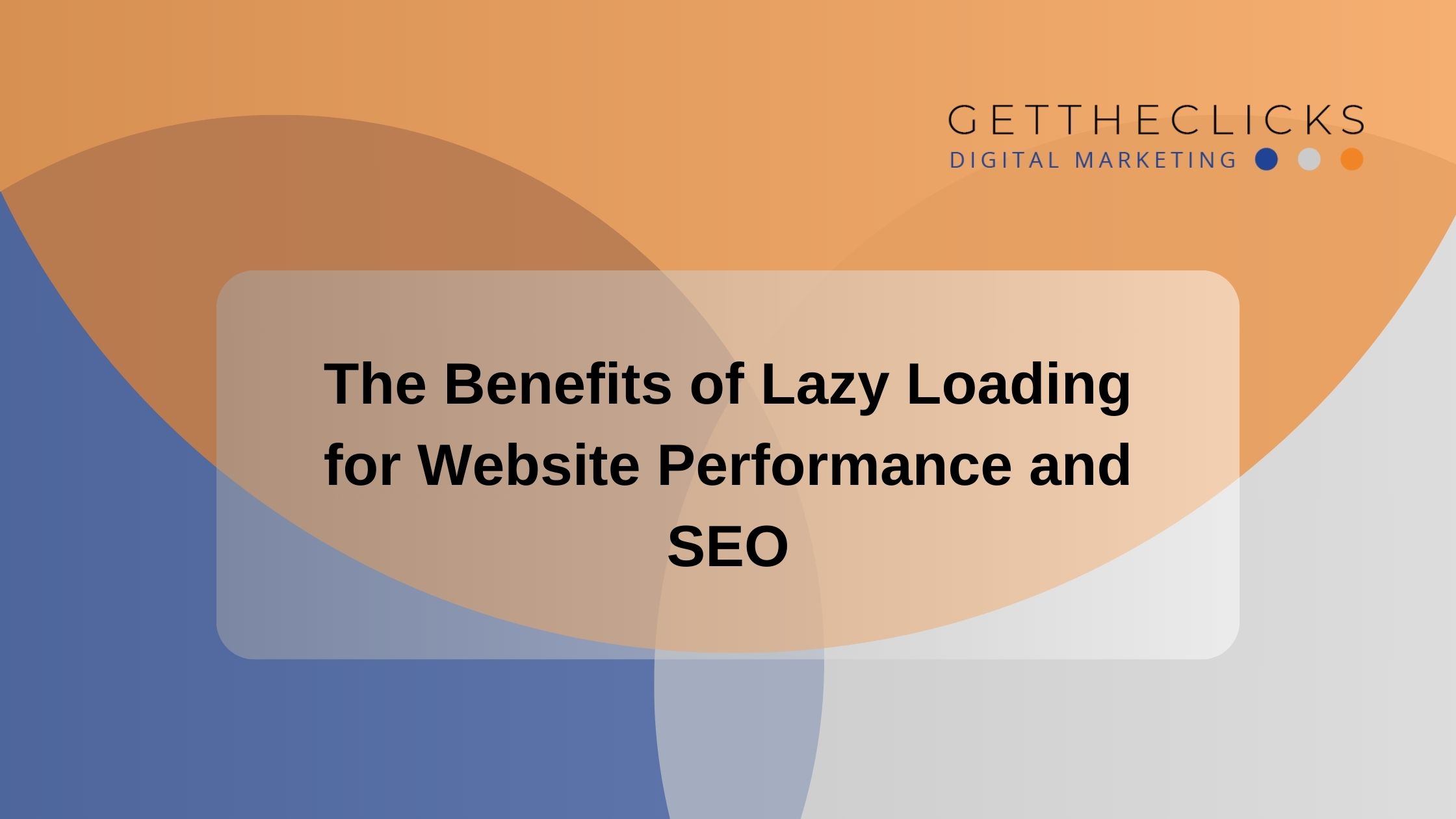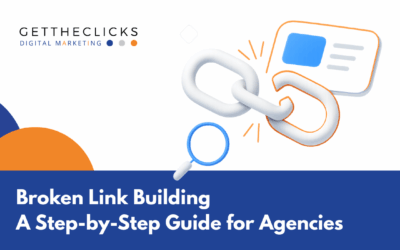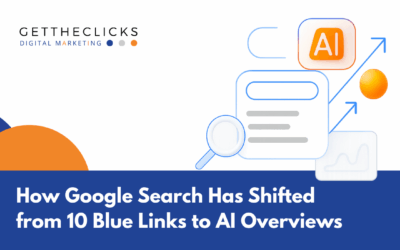In today’s digital-first world, speed isn’t just a luxury—it’s an expectation. Visitors want web pages that load quickly and run smoothly, and search engines favor those that deliver. Whether you’re offering content, products, or web design services, one smart way to meet these expectations is through a web development technique called lazy loading.
Lazy loading is all about performance. It delays loading non-critical elements, like videos, iframes, and images, until they’re needed. So instead of loading everything on an entire page the moment someone lands on it, it focuses only on the content that’s immediately visible, loading the rest as the user scrolls.
Let’s examine how lazy loading works, why it’s important, and how it can give your site an edge in performance and SEO.
What Is Lazy Loading?
Lazy loading is a method for delaying the loading of certain website assets until they’re needed. Rather than pulling in every single element right away, it waits to load resources, especially those lower down the page, until a user scrolls into view.
Take, for example, a long article with lots of high-res images. When lazy loading is in place, only the first few images at the top load immediately. As the user moves down the page, the remaining images load via on-demand loading. The result? a faster initial load time and a smoother overall experience.
Why Website Speed Is So Important
Before we dive into the specific benefits of lazy loading, it’s worth touching on why site speed is such a big deal:
- User Experience: Slow pages frustrate users. The longer a site takes to load, the more likely visitors are to leave.
- Mobile Optimization: Mobile users often deal with slower internet connections. A bloated page on a sluggish network is a recipe for high bounce rates.
- Conversions: Even slight delays in load times can lead to fewer sign-ups, purchases, or other conversions.
- SEO Rankings: Google includes page speed as a ranking factor. A slow site could hold back your visibility in search engine results pages.
Lazy loading helps solve these problems by loading pages faster and more efficiently, making it a valuable part of any technical SEO strategy.
Key Benefits of Lazy Loading
Lazy loading strategy isn’t just a clever trick—it’s a practical way of delivering a faster, more responsive experience. Here are some of the top benefits of lazy loading:
1.Faster Initial Page Load
One of the most immediate lazy loading benefits is a quicker first impression. By limiting how much the browser has to process right away, lazy loading ensures faster initial page load times.
This leads to better scores on Google’s Core Web Vitals, especially First Contentful Paint (FCP) and Largest Contentful Paint (LCP)—two metrics tied closely to user experience and search engine rankings.
2.Reduced Bandwidth Usage
When lazy-loaded content is used, only what’s seen actually gets downloaded. That means if a user doesn’t scroll all the way down, the resources further down won’t load at all. This lowers server load and reducing server loads benefits your hosting and your users—especially those on mobile devices or limited data plans.
3.Better Experience on Mobile Devices
Lazy loading helps reduce load stress on less powerful devices. Mobile users often deal with less processing power and weaker networks. By loading only what’s necessary, lazy loading offers a smoother experience and contributes to optimal performance across devices.
Combining lazy loading with smart image handling is key to further enhancing mobile speed. Image compression improves loading times by reducing file sizes without affecting visual quality. These improvements in user behavior and time on site can increase user engagement and help with search engine optimization.
4.SEO Improvements
Google confirms that lazy-loading compatible content is indexable, provided it’s implemented correctly. Tools like the Intersection Observer API and native lazy loading attributes let search engine crawlers detect and index lazy-loaded content.
By speeding up page load speed and improving user interaction, lazy loading implementation supports higher search engine rankings and greater visibility in search engine results.
5.Scalable Performance for Media-Rich Sites
If your site has lots of media—product galleries, blog images, embedded videos—implementing lazy loading helps you scale without compromising performance. You can offer a rich, interactive experience without hurting your load speed.
That makes integrating lazy loading a perfect fit for content-heavy platforms that aim for faster page load times and better site’s performance across all devices.
How Lazy Loading Works (Technically Speaking)
Many modern browsers now support lazy loading natively. Developers can apply the loading=”lazy” attribute on images and iframes to tell the browser to delay until needed—a simple move that aligns with modern lazy loading practices.
For more control, especially in advanced web development scenarios, the Intersection Observer API can detect when elements enter the viewport and load them dynamically. Whether you’re using native methods or JavaScript APIs, the objective of any lazy loading implementation is the same: enhance page load times by delivering content only as needed.
Best Practices for Lazy Loading
While lazy loading offers a lot, it should be approached strategically. Here are a few tips:
Stick to native lazy loading when possible. Native support is the simplest method to add lazy loading. It’s clean, efficient, and works well for most cases in modern web development.
Use fallback content. Always have fallback mechanisms so lazy-loaded elements don’t break your layout. This ensures that your site remains usable, even if the lazy loading result fails.
Check how search engines see your content. Tools like Google Search Console help ensure search engine bots can crawl and index lazy-loaded content. Verifying this is a critical part of maintaining strong technical SEO, helping you avoid any adverse effects lazy loading may have on visibility or rankings
Don’t lazy load above-the-fold content. If content is immediately visible when the page loads, don’t delay it. Misplaced lazy loading affects user experience and perceived performance.
When You Might Want to Skip Lazy Loading
Despite the many benefits of lazy loading, there are cases where it may not be needed:
Critical Content
Anything essential to user interaction should be visible without waiting. Lazy loading such content can backfire.
Short Pages
If the entire page is visible without scrolling, lazy loading’s beneficial effects may be minimal.
Older Browser Support
Some outdated browsers don’t support lazy loading, so consider that when working on broad-reaching projects or other performance optimization techniques.
Boost Your Site’s Performance with Get the Clicks
Ready to speed up your site and improve your website’s search engine rankings? At Get the Clicks, we help businesses master lazy loading and other innovative technical SEO tactics to enhance user experience and climb search engine results pages. Let’s make your site faster, stronger, and built for visibility—reach out today!





